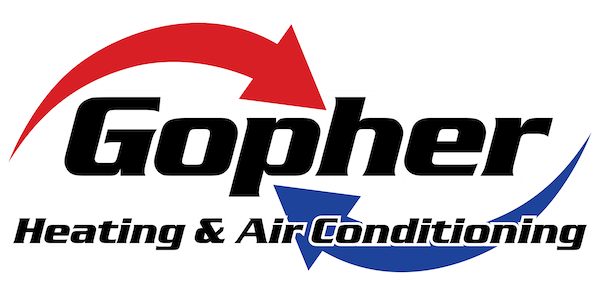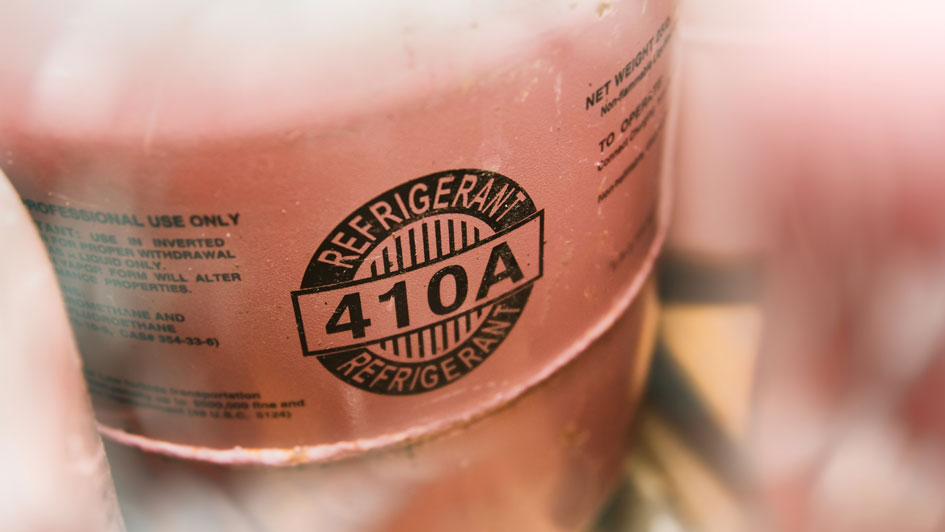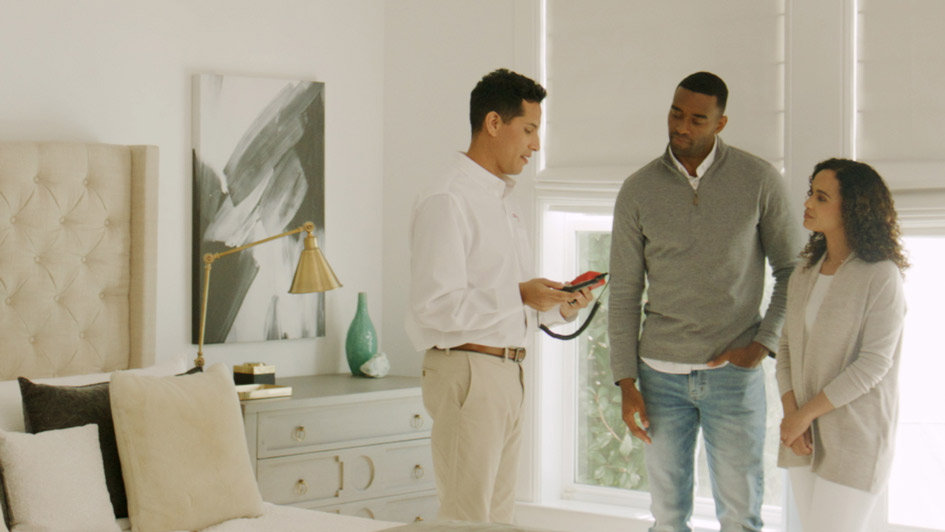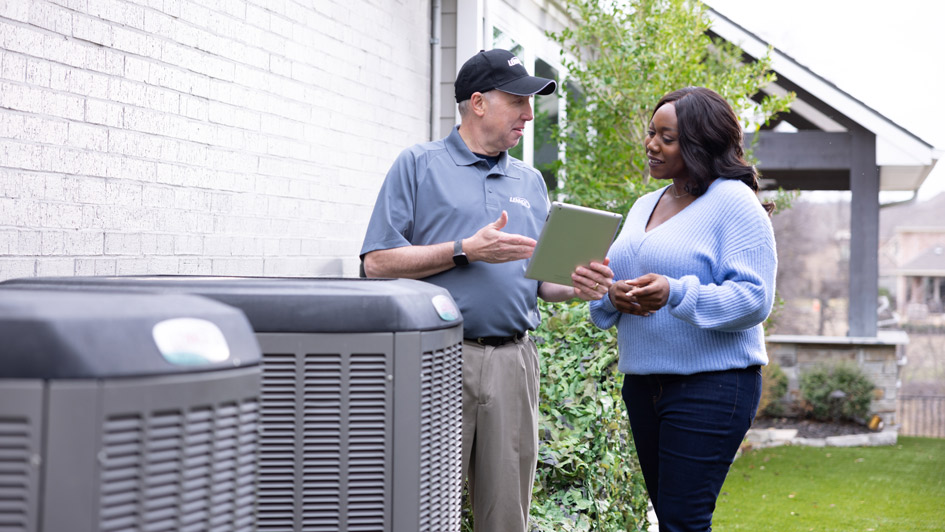Blog
Serving Savage and These Areas
About Gopher Heating and Air Conditioning
At Gopher Heating and Air Conditioning, your home comfort is our top interest. That’s why we provide lasting HVAC systems and quality work in Savage. Our technicians are educated in a complete range of services, so you can have confidence in your results. They’ll give the assistance you are seeking, whether it’s putting in an up-to-date HVAC system or servicing and inspecting your current equipment. We’re ready to help with all of your needs, so get in touch with us at 952-373-0377 or contact us online to request an appointment right away.
© 2025 Gopher Heating and Air Conditioning | All rights reserved













